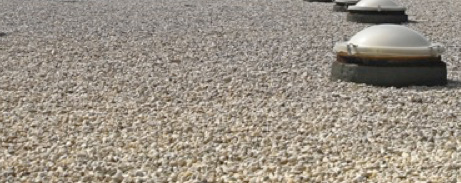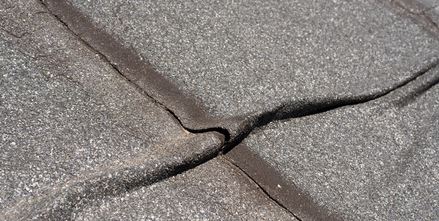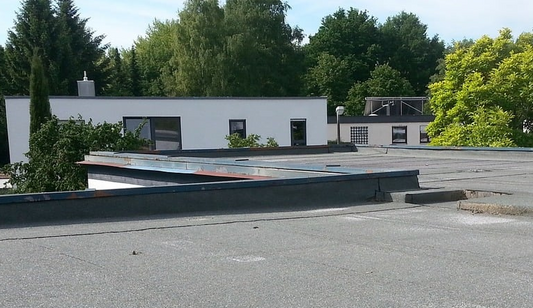You invest in regular fibreglass roof maintenance to guarantee your roof lasts 20 to 30 years or more, protects your assets from water damage, and maintains its aesthetic appeal.
Regular maintenance identifies and addresses issues before they become severe and costly to repair, guaranteeing long-term protection and insulation.
Environmental factors like UV radiation, extreme weather, and temperature fluctuations can cause cracks, blisters, and delamination, so proper inspection and prompt repair are crucial to inspect your roof regularly and address any damage promptly.
By understanding the importance of maintenance, you'll be able to safeguard your fibreglass roof and discover more ways to extend its lifespan.
Key Points
- Regular maintenance is crucial to extend the lifespan of fibreglass roofs, which can last up to 30 years with proper care.
- Environmental factors like UV radiation, extreme weather, and temperature fluctuations can cause cracks, blisters, and delamination.
- Cleaning, coating, and inspection are essential tasks to maintain the appearance and effectiveness of fibreglass roofs.
- Addressing cracks, blisters, and punctures promptly prevents water ingress and further damage, and applying a protective coating every 5-10 years maintains the roof's integrity.
Importance of Regular Maintenance
By neglecting regular maintenance, you risk reducing the lifespan of your fibreglass roof and incurring costly repairs and replacements down the line.
Regular maintenance is vital to guarantee your fibreglass roof lasts for 20 to 30 years or more. By staying on top of maintenance, you can identify and address issues before they become severe and costly to repair.
This proactive approach can help extend the lifespan of your roof, prevent costly repairs, and keep it in top condition. If you neglect maintenance, you may end up with damage to the underlying structure of the roof and the interior of the building, resulting in significant financial losses.
On the other hand, a well-maintained fibreglass flat roof can provide long-term protection and insulation to your building, safeguarding a safe and comfortable environment for occupants. By prioritizing regular maintenance, you can enjoy the benefits of a durable and reliable fibreglass roof that serves you well for years to come.
Environmental Factors Affecting Roofs
Your fibreglass roof is constantly exposed to various environmental factors that can substantially impact its performance and lifespan.
These factors can cause damage, wear, and tear, which can lead to costly repairs or even replacement if left unchecked.
One of the most significant environmental factors affecting your roof is UV radiation from the sun. Prolonged exposure can cause the fibreglass to degrade, become brittle, and lose its waterproofing properties.
You should also be aware of extreme weather conditions like heavy rainfall, hail, and strong winds, which can cause physical damage to the roof.
Additionally, temperature fluctuations can cause the roof to expand and contract, leading to cracks and weaknesses.
Another critical factor is air pollution, which can accelerate the degradation of the roof's materials.
By understanding these environmental factors, you can take proactive steps to protect your fibreglass roof and guarantee it continues to perform at its peak.
Regular inspections and maintenance can help mitigate the effects of these factors, extending the life of your roof and saving you money in the long run.
Common Issues and Maintenance Needs
As you inspect your fibreglass roof, you'll likely encounter common issues like cracks, blisters, and worn-out coatings, which require prompt attention to prevent water seepage and structural damage.
These issues can arise from various factors, including weathering, ageing, or poor installation.
Cracks, in particular, can be a significant concern, as they can allow water to penetrate the roof's surface, leading to additional damage.
You should also look out for signs of delamination, where the fibreglass layers start to separate, or crazing, which appears as a network of fine cracks. Use fibreglass roof repair kits where necessary.
Additionally, check for loose or missing fasteners, which can compromise the roof's structural integrity.
Moreover, inspect the roof's drainage system to verify it's functioning correctly, as clogged gutters and downspouts can cause water to accumulate, leading to additional damage.
It's essential to address these issues promptly to prevent more extensive and costly repairs down the line.
Cleaning and Coating Techniques
You'll need to clean your fibreglass roof regularly to maintain its appearance and effectiveness, removing dirt, mud, and debris that can accumulate and compromise its performance.
To do this, you can use a long-handled mop and a bucket or a garden hose to gently remove dirt and debris from the roof. Avoid using a pressure washer that uses hot steam, as it can impact the roof's longevity. Instead, opt for a gentle cleaning method that won't damage your GRP roof.
After cleaning, you'll want to apply new layers of coating to keep your roof effective at insulating and protecting the interior from moisture.
You can choose between gel coat and acrylic paint, depending on your specific needs and preferences. Gel coat is a popular option that's easier to apply, while acrylic paint lasts longer. When applying gel coat, be sure to follow the packaging directions, spray multiple thin layers, and allow each layer to dry before applying the next one. This will guarantee a smooth and even finish.
Inspection and Repair Strategies
Regularly inspecting your fibreglass roof for signs of damage, such as cracks, blisters, or worn-out coatings, is crucial to identifying issues before they escalate into costly repairs. By catching problems early, you can save yourself a lot of time, money, and stress in the long run.
When inspecting your roof, pay close attention to the following areas:
- Seams and joints: Check for any gaps or cracks where the fibreglass meets, as water can seep in and cause damage.
- Drainage points: Verify that water is flowing freely and not pooling, which can lead to blisters and cracks.
- Coating condition: Inspect the coating for signs of wear, such as fading, chalking, or cracking, and apply a new coat as needed.
Fibreglass Roof Maintenance Essentials
Now that you've identified potential issues through inspection, it's time to tackle the necessary maintenance tasks to keep your fibreglass roof in top condition.
Regular cleaning is essential to remove dirt, debris, and moss that can damage your roof over time. You can use a soft-bristled brush or a pressure washer on a low setting to clean your roof. Make sure to rinse your roof thoroughly to remove any soap residue.
It's also vital to check and clear your roof's drainage system regularly. Leaves, twigs, and other debris can clog your gutters and downspouts, causing water to accumulate and potentially leading to damage. You should inspect your roof's flashing and sealants for signs of wear and tear, reapplying or replacing them as needed.
Additionally, apply a protective coating to your fibreglass roof every 5-10 years to maintain its water-resistance and UV protection. This will help extend the lifespan of your roof and prevent costly repairs down the line.
Dealing With Damage and Leaks
If you've identified cracks, blisters, or punctures in your fibreglass roof during inspection, it's crucial to address them promptly to prevent water from seeping in and causing further damage.
The longer you wait, the more extensive and costly the repairs will be.
To deal with damage and leaks, follow these essential steps:
- Clean the affected area: Remove any debris or dirt from the damaged section to guarantee a strong bond between the repair material and the fibreglass roof.
- Apply a repair compound: Use a fibreglass repair compound to fill in cracks or punctures, and apply a thin layer to blisters to prevent further damage.
- Seal the repair: Once the compound is dry, apply a coat of sealant to protect the repair from the elements and guarantee a watertight seal.
Rounding Up
By now, you know regular upkeep is vital to extending the life of your roof.
Remember to inspect your roof regularly, clean and coat it as needed, and address any issues promptly. Don't hesitate to seek professional help when needed.
With these tips, you'll be well on your way to keeping your fibreglass roof in top condition and avoiding costly repairs down the line.
Stay on top of maintenance, and your roof will serve you well.




